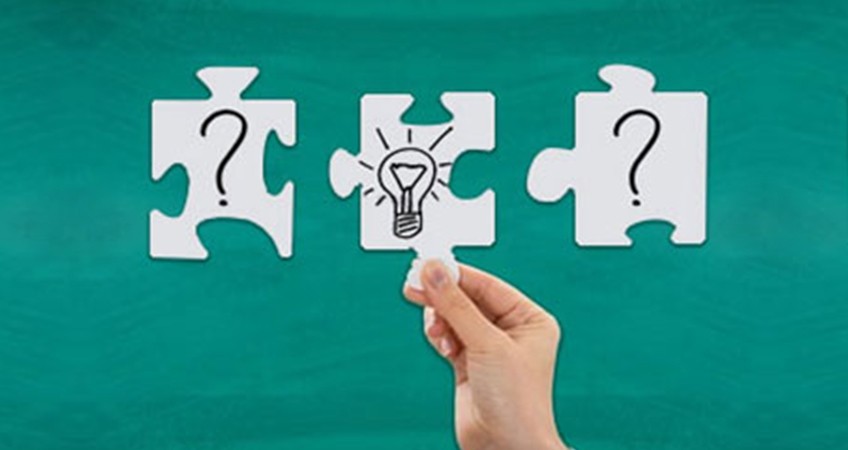“Humanization of technology”
Internet of Things (IoT) is a tremendous catalyst for the entire healthcare industry. IoT plays a significant role in a broad range of healthcare applications, from managing chronic diseases at one end of the spectrum to preventing diseases at the other.
IoT Healthcare solutions can remotely monitor patients suffering from various disorders like diabetes, cardiac arrhythmia, dementia, alzheimera etc and put life-saving data, such as CT scans, test results and patient records, into the hands of medical team, almost anytime and on multiple devices.
Outpatient monitoring and tele-medicine or “doctor on call” applications are bringing newer ways of interaction with patients and enabling a better reach to remote locations. For many conditions, healthcare provider office visits are being replaced by home monitoring, thanks to wireless technologies. Avaali works with global medical device manufacturers, managed care providers, and accountable care organizations to enable wireless monitoring. These applications will not only improve the access to care while increasing the quality of care but also reduce the cost of care.
How it works?
Healthcare applications in general collect patient data, which is processed, analysed and wirelessly communicated to a healthcare gateway device which eventually ships the data to a head-end server over the cloud. In some applications, a gateway may not be required if the device itself is equipped with latest features.
The healthcare industry presents tremendous opportunities to put some of these technologies to use. Some of the scenarios are listed below:
- Outpatient monitoring: This solution enables doctors to capture various health parameters and advice patients remotely. The patient’s hospital visit is therefore limited and required only on a need basis. This solution helps hospitals manage beds efficiently and consequently increases revenue while at the same time delighting customers. A monitoring device is given to the patient at the time of discharge for a limited time frame, which helps the doctor to continue to monitor the patient and suggest corrective actions
- Clinical care: Hospitalized patients whose physiological status requires close attention can be constantly monitored using IoT-driven, non-invasive monitoring. This type of solution employs sensors to collect comprehensive physiological information and uses gateways and the cloud to analyse and store the information and then send the analysed data wirelessly to caregivers for further analysis and review. It replaces the process of having a doctor / health professional come by at regular intervals to check the patient’s vital signs, instead providing a continuous automated flow of information. In this way, it simultaneously improves the quality of care through constant attention and lowers the cost of care by eliminating the need for a caregiver to actively engage in data collection and analysis.
- Remote monitoring or Rural Healthcare or Doctor on call: Several people don’t have ready access to effective health monitoring systems. There are many challenges to set up a full-fledged hospital at remote / rural locations. But small, powerful wireless solutions connected through the IoT are now making it possible for monitoring these patients even if they are remotely. These solutions can be used to securely capture patient health data from a variety of sensors, apply complex algorithms to analyse the data and then share it through wireless connectivity with medical professionals who can make appropriate health recommendations.The data collected may also enable a more preventive approach to healthcare by providing information for people to make healthier choices.
Conclusion
IoT has opened up immense possibilities to make use of devices, middleware and healthcare management solutions and improve patient care. Such technologies allow the healthcare service provider not only to reach newer markets and people, but also enable better quality of interaction with their existing stakeholders. Now is the best time to put IoT to work in your health organization.

